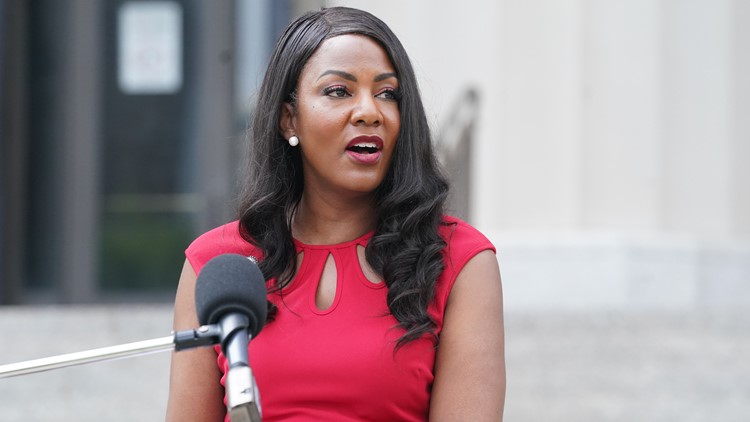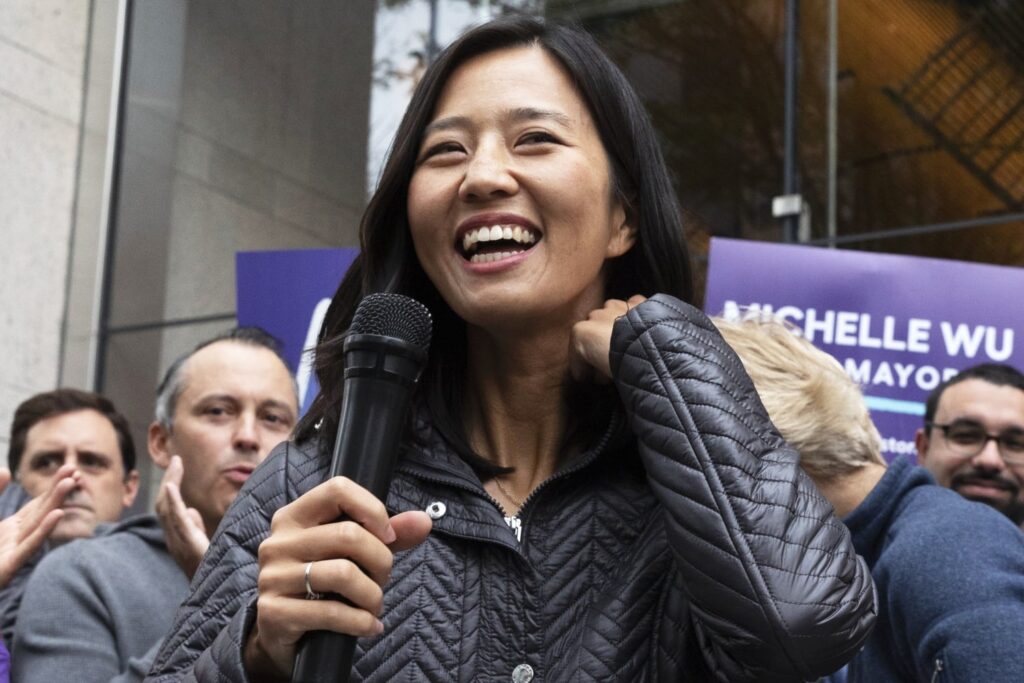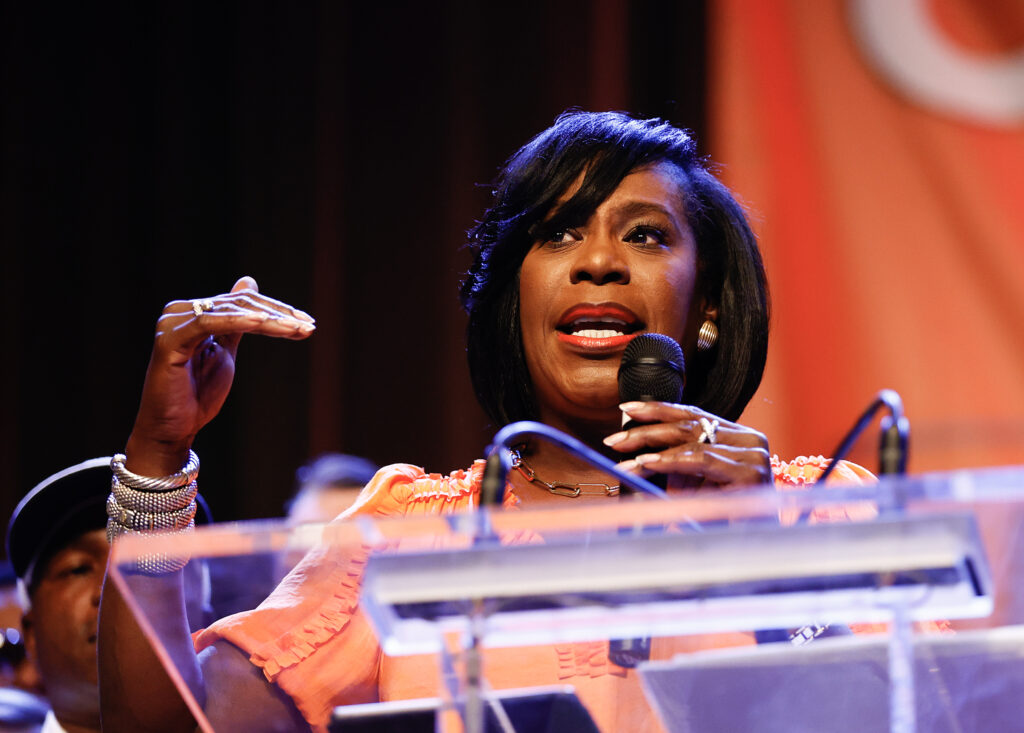From bustling metropolises to growing mid-sized cities, women mayors across the U.S. are leading the way, proving that politics isn’t just a man’s game—it’s a space for bold, transformative leadership. With over 430 women mayors in cities with populations over 30,000, their presence is growing—but so are the challenges they face.
Leading Through Tough Times
Being a mayor isn’t just about shaking hands and cutting ribbons—it’s about making tough decisions every single day. And for women in these positions, the challenges can be even steeper.
Facing Political & Social Resistance
Many women mayors encounter higher levels of scrutiny, pushback, and even threats compared to their male counterparts. Tishaura Jones, the mayor of St. Louis, has been vocal about the backlash she’s received as a Black woman in leadership, particularly when implementing policies to reduce crime and invest in underserved communities. Similarly, Muriel Bowser in Washington D.C. has had to navigate tense political battles amid national debates over crime, governance, and autonomy for the capital city.

Economic Recovery & Housing Crises
Cities across the country are grappling with skyrocketing rents, homelessness, and post-pandemic economic shifts. Karen Bass, Los Angeles’ first female mayor, has declared a state of emergency on homelessness and launched new initiatives to provide permanent housing solutions, despite criticism over slow progress. Michelle Wu in Boston has similarly faced resistance from real estate developers over her push for rent stabilization policies.

Climate Action & Urban Development
Women mayors are leading the fight against climate change, but making cities greener isn’t easy. London Breed in San Francisco has had to balance environmental progress with economic challenges, as tech layoffs and housing shortages have sparked concerns over the city’s future. Meanwhile, Regina Romero in Tucson has worked on bold climate adaptation policies, battling both political resistance and environmental challenges like rising temperatures and drought conditions.
Public Safety & Community Trust
Crime rates, policing, and social justice remain hot-button issues for mayors across the country. Cherelle Parker, Philadelphia’s first Black female mayor, ran on a platform of “tough-on-crime” policies, but now faces the challenge of finding a balance between public safety and criminal justice reform. Similarly, Jane Castor, a former police chief turned mayor of Tampa, has worked to increase trust between law enforcement and communities, but the path hasn’t been without controversy.

Why Women Mayors Matter More Than Ever
Despite the obstacles, women mayors continue to rise to the occasion, proving that leadership isn’t about gender—it’s about grit, vision, and action.
- They bring fresh perspectives – Women leaders are more likely to prioritize policies that benefit entire communities, from childcare support to public health initiatives.
- They foster inclusive leadership – Studies show that cities led by women tend to have more diverse and representative governance, ensuring more voices are heard.
- They’re fighting for long-term change – Whether it’s economic development, climate action, or public safety, these mayors are focused on solutions that outlast election cycles.
The Heartbeat of the City
Being a mayor means being the heartbeat of the city—navigating the highs and lows, celebrating wins, and facing challenges head-on. These women aren’t just running cities; they’re transforming them, making decisions that shape millions of lives.
The road isn’t easy, but their resilience is paving the way for future generations of women leaders. Whether it’s Vi Lyles in Charlotte, LaToya Cantrell in New Orleans, or Erin Mendenhall in Salt Lake City, they prove that when women lead, cities thrive.



